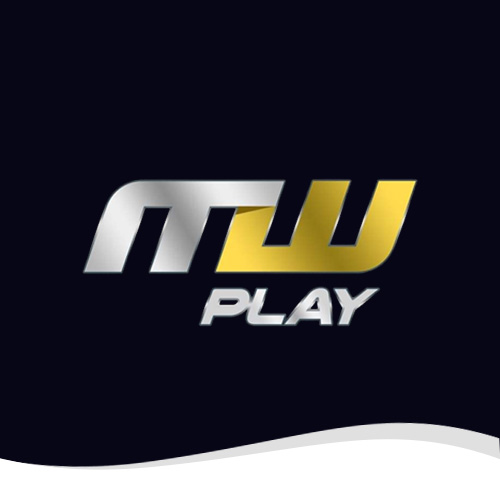The Future of Premier League Sponsorship: Banning Gambling Brands
The gambling industry has made its mark on the Premier League, with clubs increasingly adorned with logos from betting companies on their match shirts. This lucrative partnership has been a cash cow for clubs during a time when financial regulations have created a revenue arms race in football. However, the landscape is set to change: by the 2026-27 season, clubs have agreed to remove gambling sponsors from the front of their shirts. As this deadline approaches, questions arise about the impact this ban will have on the clubs, their finances, and the overall sponsorship market.
The Shift in Sponsorship Landscape
Football shirt sponsorship has a rich history, with the very first instances appearing in the late 1970s. In 1976, Kettering Town took a bold step, displaying Kettering Tyres on their shirts, only to face a ban from the FA shortly after. Yet, by the turn of the decade, sponsored shirts became ubiquitous, evolving from local businesses to multinational firms. The nineties brought electrical and telecommunications giants such as Vodafone and O2 to the forefront, only for the last decade to see a dramatic rise in betting companies.
Currently, 11 of the 20 Premier League teams boast gambling sponsors—some of which operate without a significant presence in the UK. This shift toward gambling firms has been driven largely by financial incentives. As Adrian Wright, a former director at West Bromwich Albion, noted, betting sponsorships often yield a 20% higher premium than traditional advertising, which has become an essential lifeline for clubs, especially those outside the traditional "Big Six."
The Implications of the Ban
The impending ban has raised concerns about the potential void left in club finances. While higher-profile clubs like Arsenal, Manchester United, and Liverpool have already distanced themselves from gambling sponsors, the move could hit lower-tier clubs the hardest. According to financial analyses, newly promoted clubs can expect to earn around £5-6 million from betting sponsorships, while non-betting deals might only fetch £2.5-3 million.
As Professor Thilo Kunkel from Temple University’s Fox School of Business highlights, the real challenge lies in finding ways to fill the financial gaps left by gambling bans. The options for alternative sponsors could include companies in the technology sector, global airlines, or even re-emerging cryptocurrency brands.
The Search for Alternatives
Sponsorship experts suggest that clubs have had ample time over the past few years to prepare for this shift. As they explore new avenues, many look towards industries that leverage the global reach of the Premier League. The resurgence of cryptocurrency is a potential avenue for investment, although its volatility raises uncertainty. Airlines and tourism companies also represent viable partners, interested in promoting their destinations on the global stage, as evidenced by deals like Fulham’s recent partnership with Mongolia.
Despite the challenges, clubs will likely implement more creative sponsorship strategies. The rise of social media has made training kits and casual wear substantial assets, as brands seek to connect with fans in new ways. Daniel Haddad of Octagon believes this focus on lifestyle branding can mitigate the impact of losing betting sponsors altogether.
The Evolution of Sponsorship Agreements
While the front-of-shirt gambling sponsorships are set to be banned, betting companies are not entirely disappearing. They may pivot to other advertising methods, such as sleeve sponsors or digital platforms. This transition presents an opportunity for betting firms to maintain visibility, given that these secondary advertising spaces can yield solid visibility through television coverage and electronic advertising.
However, the success of replacing gambling sponsorships hinges on the perceived ethical standing of alternative industries. Betting is often considered "less ethical" than other sponsorship opportunities due to its association with addiction and harmful behaviors. As Kunkel notes, while betting firms may currently offer top prices, the ban will likely level the playing field, forcing clubs to accept lower revenues that reflect the shifting landscape.
Potential Loopholes and Future Scenarios
One notable aspect of the ban is its potential vulnerability to loopholes. The Premier League’s guidelines attempt to close avenues through which gambling firms could circumvent the ban, but skepticism remains. Examples from other jurisdictions, like India’s Indian Super League, show how clubs can align themselves with brands that closely resemble betting companies. Therefore, a careful enforcement strategy will be crucial to ensure the ban achieves its intended effects without exploitation.
Conclusion
As Premier League clubs move towards the 2026-27 season, the decision to eliminate front-of-shirt gambling sponsors signals a pivotal shift in the landscape of football sponsorship. While challenges remain in terms of filling potential financial gaps and finding suitable alternatives, the evolution of football sponsorship is likely to take on a new dynamic. The industry’s ability to adapt—not just to regulations but also to societal expectations—will determine the future of branding in one of the world’s most lucrative sports leagues.













